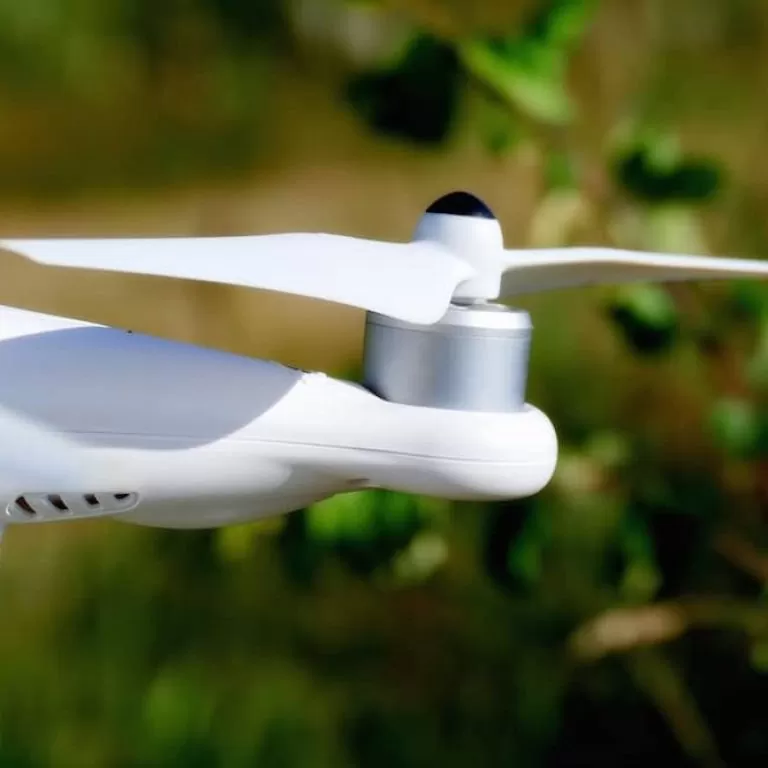
News Commercial drone use in the UK
In our previous drone-related coverage, we have explored the innovative uses for unmanned aerial vehicles (UAVs) in public & academic domains and on construction sites. A year on from a landmark ruling in the USA, we look at how drones continue to be deployed both across the Atlantic and here in the UK.
In a recent article for Forbes magazine, data journalist Niall McCarthy discussed the industries where UAVs will create the most value, concluding that infrastructure is most likely to benefit from drones.
Based on statistics from 2015, drone-powered and enabled solutions could eventually be worth over $45 million to the USA’s infrastructure sector. With the ever-increasing need and desire to operate safely on construction sites and better communicate the output, it is hardly surprising that UAVs present numerous opportunities and advantages in this area.
Equipped with high definition cameras and sensors, drones are providing companies all over the world with clearer, more comprehensive views of their business interests and projects.
Particularly in metropolitan landscapes such as London, for example, where developments are constantly springing up and are often undertaken in either heavily concentrated locations or across a vast area, the ability to capture unprecedented levels of data via UAVs is highly beneficial.
Drones are cost effective for infrastructure, as precise data retrieval, as well as the performance of potentially hazardous tasks, no longer requires on-site personnel or as rigorous health and safety regulations.
With the ability to reshape other industry landscapes such as agriculture, transport, security, media and entertainment, drones are not simply set to be increasingly utilised as tools, but could well provide new software and other related solutions.
Considerable improvements in the speed and quality of video and images, for example, means that 3D high-resolution modelling can revolutionise pre-construction phases of particular projects – all from the air.
They can also provide quick and precise surveys of sites during construction, as well as more practical solutions such as transporting heavy materials. UAVs have the potential to revolutionise various aspects of investment monitoring, maintenance, and asset inventory.
Further, due to considerable recent developments relating to regulatory and financial support for UAV technology, it is now easier to apply drone solutions to a wider variety of commercial projects.
Many countries are also carefully implementing regulations whereby pilots must pass practical and theoretical tests and medical examinations, as well as needing to receive permission to fly in particular areas and beyond the operator’s line of sight.
Accompanied by improvements in avoidance technology and air-traffic management systems, these important regulations and developments mean UAVs can only be operated commercially in the safest possible way.
Whilst some countries are yet to successfully introduce regulations of any kind, in the UK separate licenses are needed to both fly drones commercially and to fly them beyond the visual line of sight. Additionally, businesses need dedicated insurances to operate UAVs and all pilots must carry out specialist training to obtain a license to fly.
There are still only a handful of UK companies with the correct accreditations in place and wealth of experience to operate aerial image systems to the very best standard and quality.
But it would seem that the role of drones in global business and commerce is only going to increase.